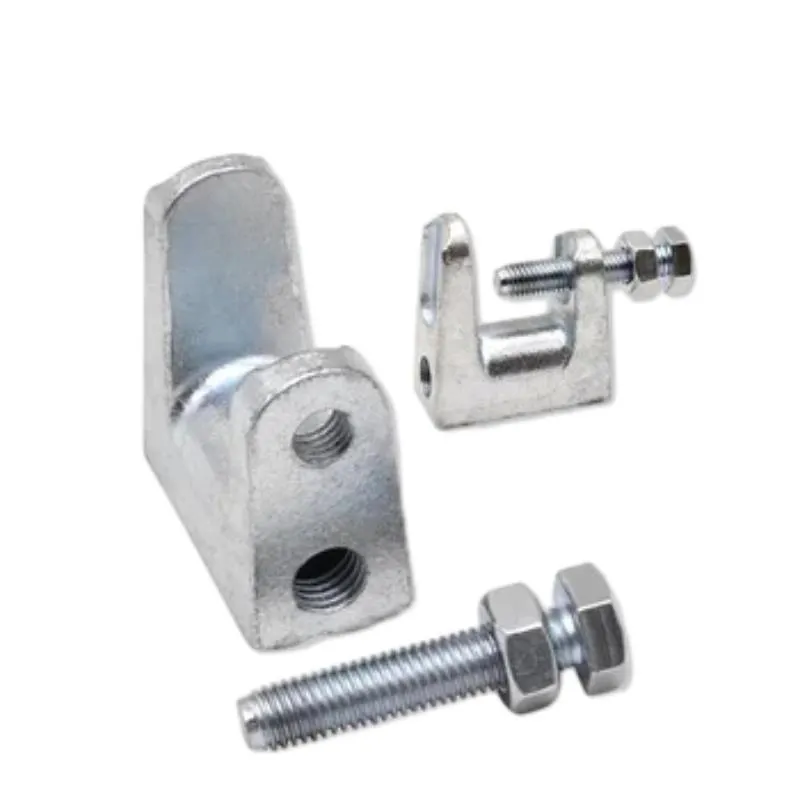Aug . 21, 2024 04:37 Back to list
Top Sleeve Anchor Manufacturers for Reliable Construction Solutions and Quality Products
The Role of Sleeve Anchor Manufacturers in Modern Construction
In the world of construction and architecture, the materials and tools used are as important as the plans and designs themselves. Among these crucial components are anchors, particularly sleeve anchors, which play an essential role in providing stability and strength to various structures. Sleeve anchor manufacturers have carved a niche in ensuring that builders and engineers have access to reliable and effective anchoring solutions.
What is a Sleeve Anchor?
A sleeve anchor is a type of fastener used to attach objects or structures to concrete or masonry. It consists of a bolt with a sleeve surrounding it. The installation process is straightforward the anchor is drilled into a pre-made hole in the concrete, and when the bolt is tightened, it expands the sleeve against the walls of the hole, creating a secure grip. This design allows for high load capacity and makes sleeve anchors ideal for a variety of applications, ranging from securing structural elements in buildings to fastening shelves and fixtures.
Importance of Quality Manufacturing
The effectiveness of sleeve anchors depends heavily on the quality of the manufacturing process. Sleeve anchor manufacturers utilize advanced materials and stringent production standards to ensure durability and safety. High-quality anchors are typically made from materials such as stainless steel or galvanized steel, which resist corrosion and wear over time. This is particularly important in environments where temperature fluctuations and moisture levels can affect the integrity of fasteners.
In recent years, the focus on sustainable manufacturing practices has also influenced the production of sleeve anchors. Many manufacturers are now adopting environmentally friendly processes and materials that not only meet performance standards but also minimize ecological impact. This is a critical consideration in an industry that is increasingly aware of its responsibility toward sustainability.
The Range of Applications
sleeve anchor manufacturers

Sleeve anchors are versatile, making them suitable for numerous applications across different sectors. In residential construction, they are often used for attaching fixtures like shelves to walls, securing wiring channels, or anchoring balconies and railings. In commercial construction, sleeve anchors find their place in fastening HVAC equipment, mounting signage, and securing structural components.
Additionally, sleeve anchors are utilized in infrastructure projects, where they play a vital role in securing elements such as bridges and retaining walls. Their ability to provide strong support in challenging environments—like earthquake-prone areas—demonstrates their importance in safety-critical applications.
Innovation in Design
As technology evolves, sleeve anchor manufacturers are also innovating their designs to accommodate specific needs. Advanced engineering techniques, such as finite element analysis, allow manufacturers to create anchors that optimize performance under various load conditions. Furthermore, the introduction of features such as vibration resistance and tamper-proof designs enhances the reliability and security of bundle installations.
One notable trend is the development of dual-purpose anchors, which can be used in both solid and hollow substrates. This versatility eliminates the need for different types of anchors in various applications, simplifying the construction process.
Conclusion
Sleeve anchor manufacturers are pivotal in the construction industry, providing essential components that ensure the stability and safety of structures. With a commitment to quality, innovation, and sustainability, these manufacturers not only enhance the performance of sleeve anchors but also contribute to the overall advancement of building technologies. As construction practices continue to evolve, the role of these manufacturers will remain central, meeting the demands of modern architecture and contributing to safer, more sustainable buildings. The reliance on sleeve anchors in various applications underscores their significance in the foundational framework of construction today.


